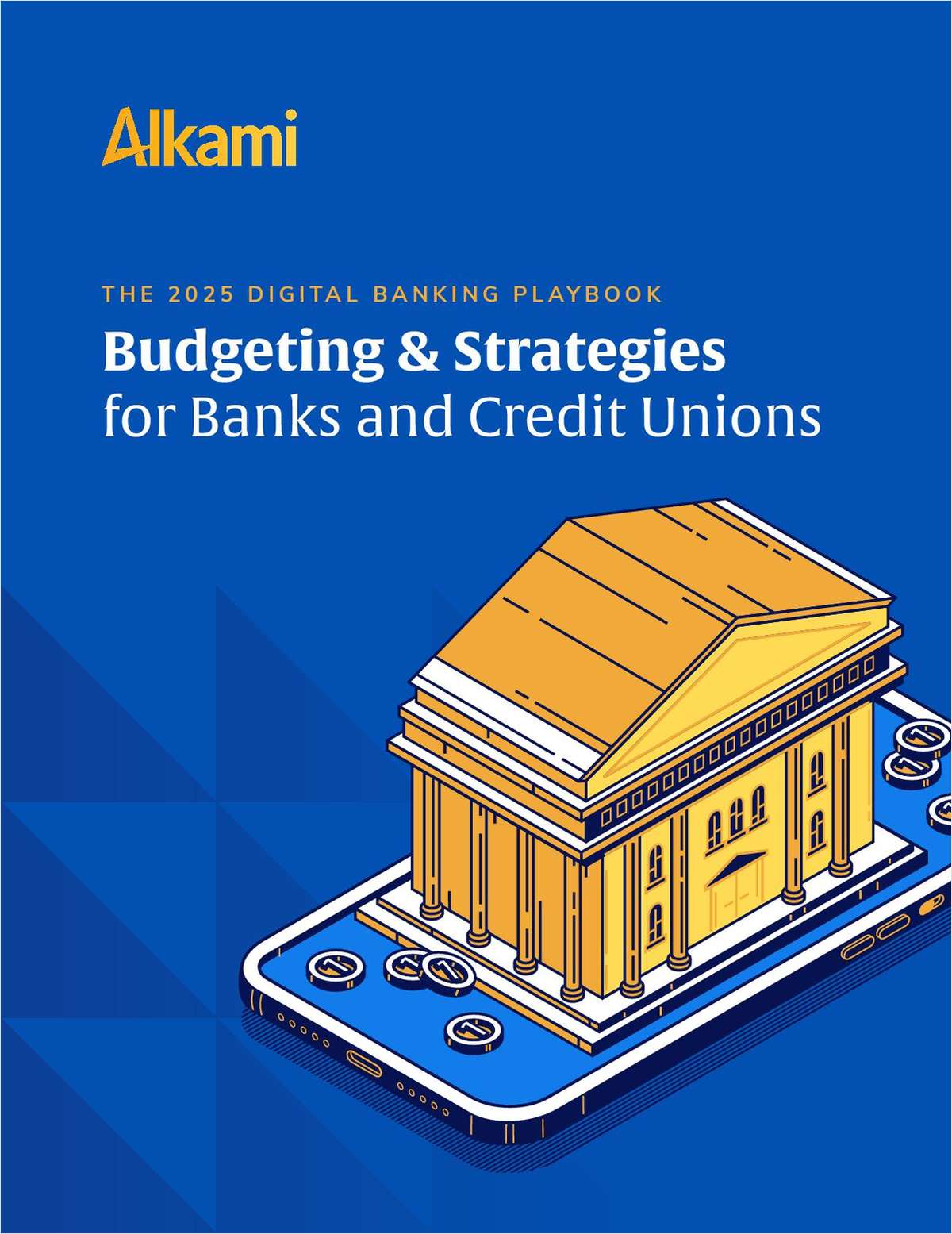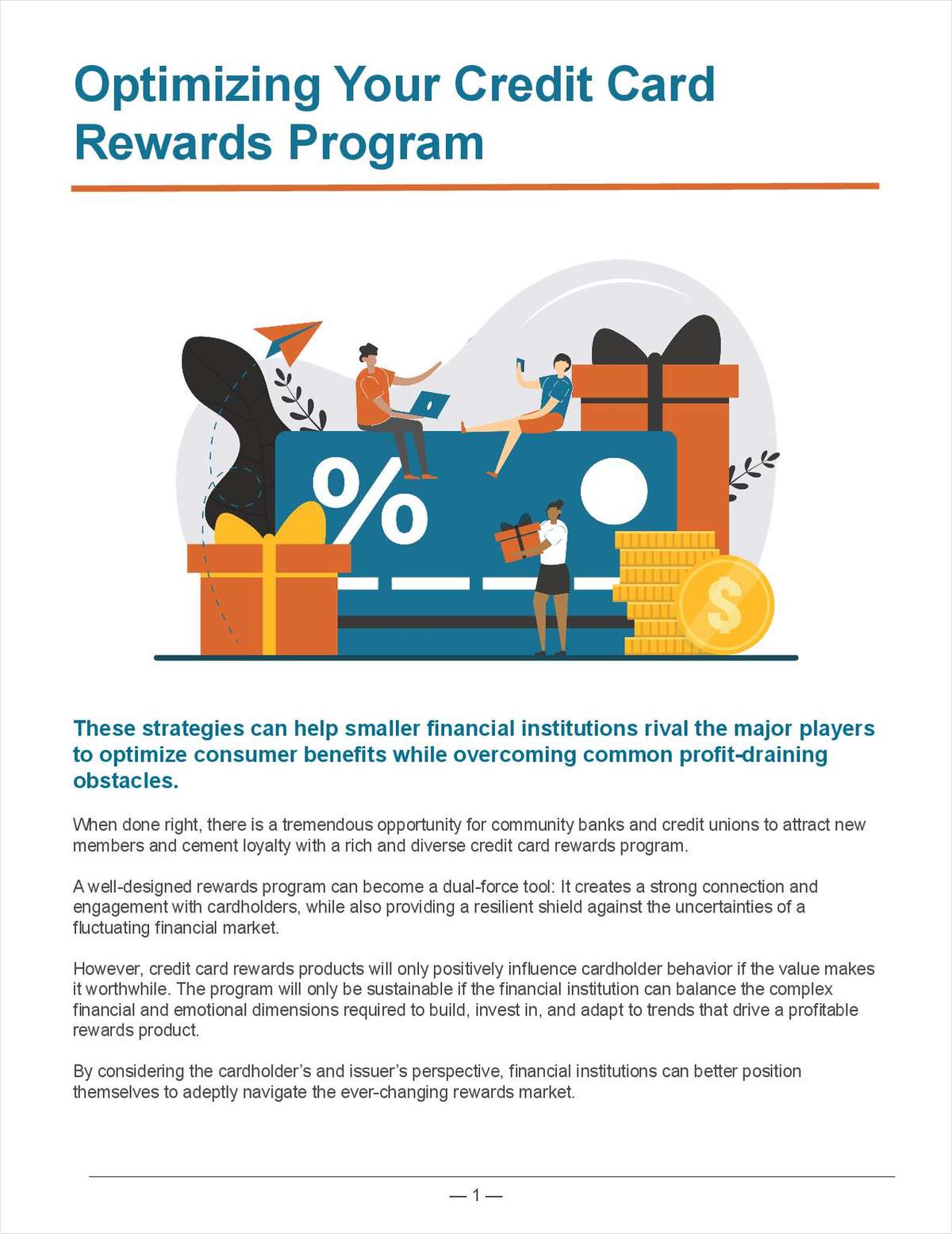Empowerment in the workplace is an often-misunderstood concept. Employee empowerment is a term that many managers and organizations think they understand, but few actually do, and even fewer really put into practice.
Many managers feel that by empowering employees, they relinquish the responsibility to lead and control the organization. This is not the case. Empowerment is actually a culmination of many of the ideas and tenets of employee satisfaction that are discussed and analyzed frequently in a variety of books and periodicals focused on the subject.
For an organization to practice and foster employee empowerment, the management must trust and communicate with employees. Employee communication is one of the strongest signs of employee empowerment in an organization. Management must be willing to communicate every aspect of the business to its employees in an open and honest manner. This communication may include: elements of the strategic plan, financial performance, key performance indicators and daily-decision making.
Employee empowerment has been described and defined in many ways but is generally accepted as: the process of enabling an employee to think, behave, act, react and control their work in more autonomous ways, as to be in control of one's own destiny. Effective employee empowerment not only has positive implications for employee satisfaction, but also many other organizational facets, such as member service and member retention.
Empowering employees leads to organizational encouragement of entrepreneurial traits and prompts employees to make decisions, take action, and foster their belief that they can take control of their own destinies. This belief leads to self-motivation and a sense of independence that is translated into greater loyalty and extra effort for the organization. Empowered employees come to believe that they control their own success through their efforts and hard work, which in turn benefits the success of the entire institution.
The most important factor in effective employee empowerment is bilateral communication. Employee surveys and evaluations show repeatedly that empowerment and communication rate highest in regard to employee satisfaction in an organization. Companies committed to employee empowerment provide more information in greater detail than the average company.
Empowering employees to increase their satisfaction and the organization's performance will require a greater amount of communication than ever thought possible. This will require management to invest in increased amounts of time communicating to employees and allowing for feedback. In addition, it will require that management honestly evaluate the communication styles and methods that are being used in the institution to ensure the most efficient processes possible.
Communicating and sharing information accomplishes several objectives that are not only important for the empowerment process, but also for overall employee satisfaction with the organization.
Employee empowerment requires a strong and lasting commitment from an organization's management. A pervasive misconception in relation to employee empowerment is that it is a top-down desire. Employee empowerment comes from the individual. That is not to say that management ceases to have the responsibility to lead the group and is not responsible for performance. In fact, companies that seek to empower employees demand stronger leadership and accountability. This begins with executive leadership, through all management levels and includes frontline supervisors. Successful employee empowerment initiatives require the entire organization to work together as a team in order for the benefits to be realized.
Employee empowerment is an acknowledgment by an organization's management that they realize that their employees have a lot to offer. Employees derive satisfaction from many aspects of employee empowerment endeavors, not the least of which is the corresponding benefits that allow an organization to become more competitive, profitable, and innovative.
An organization can realize many benefits from learning how to properly empower its employees; not all of which are strictly monetary. An empowered employee helps a company improve service delivery, continuously become more innovative, increase productivity, and gain a competitive edge.
Traditional top-down management tends to stifle worker productivity, create barriers to innovative solutions, and adversely affect employee satisfaction. Employee empowerment utilizes a participatory management style that requires a great deal of employee involvement to be successful. An organization that embraces the concept of employee empowerment redefines traditional workplace democratization in both terms of scope and role of the employee in the decision-making process.
A good lens by which to examine the employee and organizational benefits of employee empowerment is through the members of the institution. It is a well-known fact that institutions which are truly successful in delivering exceptional member service have several traits in common, one of which is employee empowerment.
In simple terms, organizations that empower member service representatives, allow them to make decisions that promote and enhance member satisfaction. There are now many companies that tout employee empowerment as a selling point to prospective customers. They advertise the fact that the employee empowerment philosophy allows their employees several important capabilities, including the ability to respond intelligently and independently to customer needs, and make critical decisions on-the-spot.
In addition to the employee, organizational and member benefits already cited here, employee empowerment holds added benefits and outcome for employees. One of the measures of success for any organization is the personal growth and development of its employees.
Empowerment allows employees the added opportunity to build on their current skill set. Being empowered gives them the ability to use all the skills that they already possess as well as gain new skills and experiences. Being able to hone and exercise their creativity and innovation skills will benefit them as they progress to higher positions within the organization.
When encouraged with care, empowerment is a panacea for many organization ills. All managers and employees say they want empowerment, as it is considered a strategy to develop employees and serve members, which in turn will serve the company.
The simple fact is that truly empowered employees have more self-confidence, are more creative and innovative, understand the strategic direction of the organization and are able to act upon this strategy, which in turn is mutually beneficial to both the employee and the organization for which they work!
Anthony L. Emerson is president and CEO of the Credit Union League of Connecticut.
Complete your profile to continue reading and get FREE access to CUTimes.com, part of your ALM digital membership.
Your access to unlimited CUTimes.com content isn’t changing.
Once you are an ALM digital member, you’ll receive:
- Breaking credit union news and analysis, on-site and via our newsletters and custom alerts
- Weekly Shared Accounts podcast featuring exclusive interviews with industry leaders
- Educational webcasts, white papers, and ebooks from industry thought leaders
- Critical coverage of the commercial real estate and financial advisory markets on our other ALM sites, GlobeSt.com and ThinkAdvisor.com
Already have an account? Sign In Now
© 2025 ALM Global, LLC, All Rights Reserved. Request academic re-use from www.copyright.com. All other uses, submit a request to [email protected]. For more information visit Asset & Logo Licensing.









